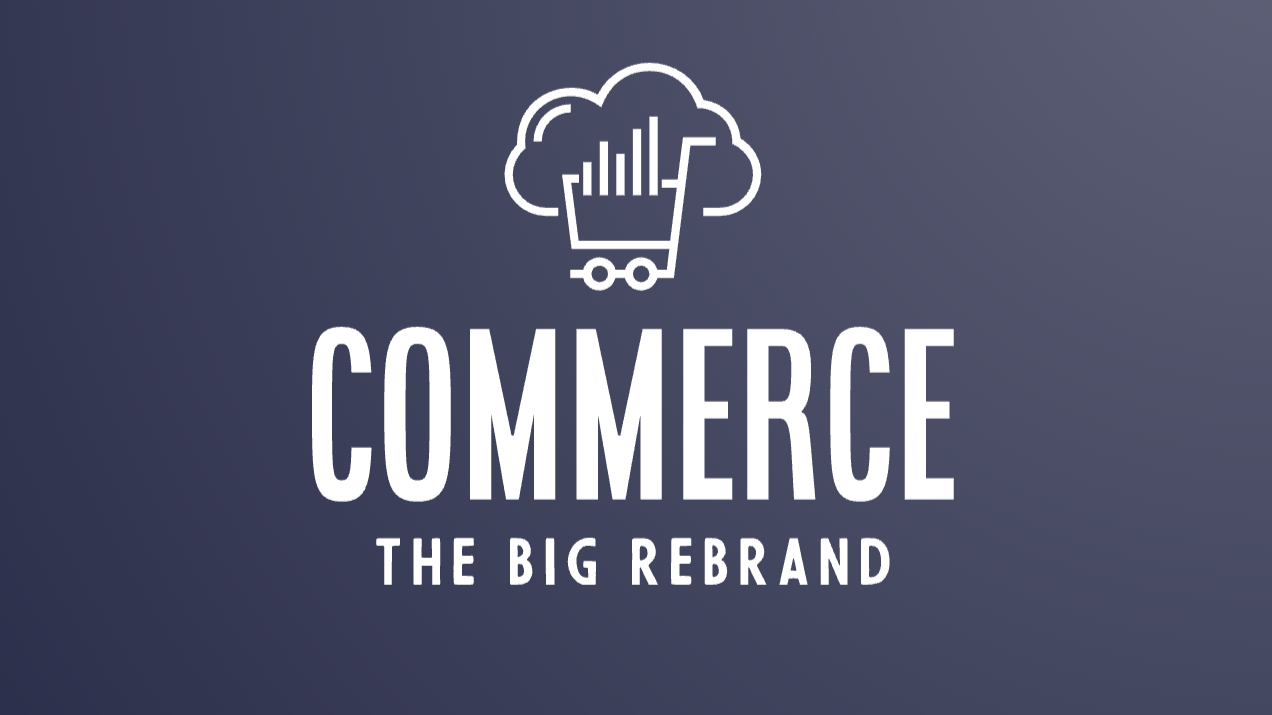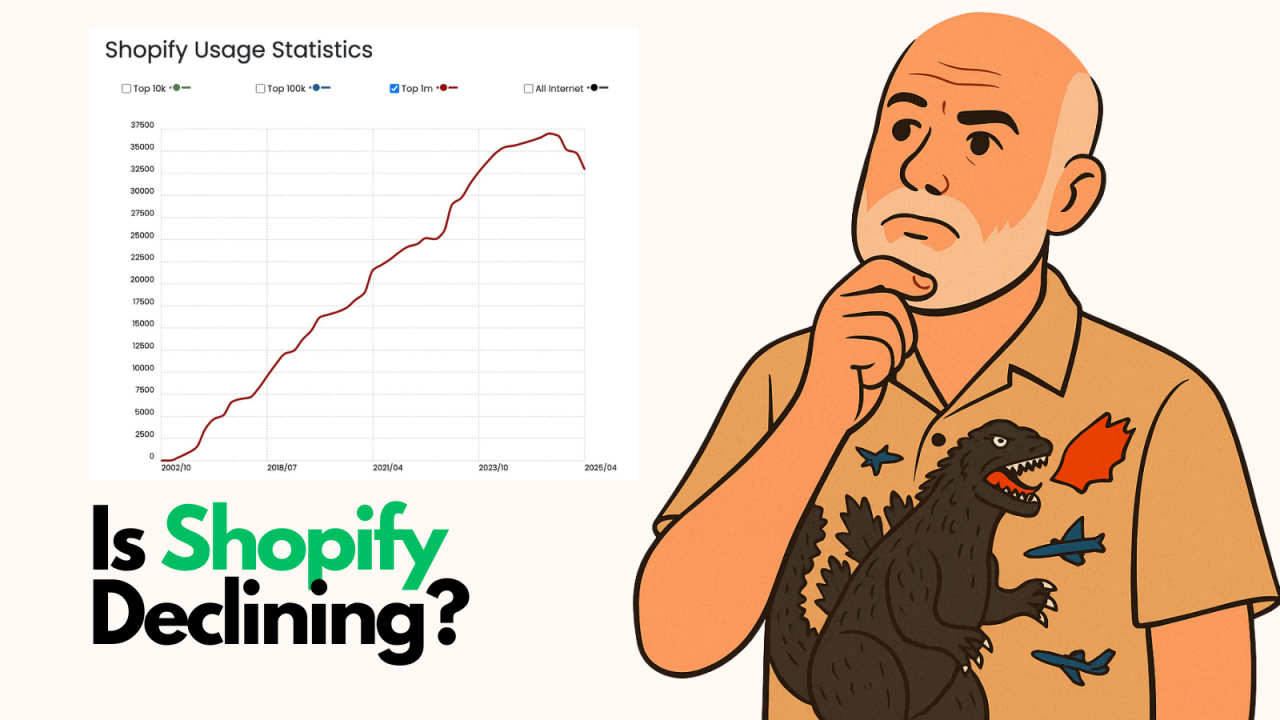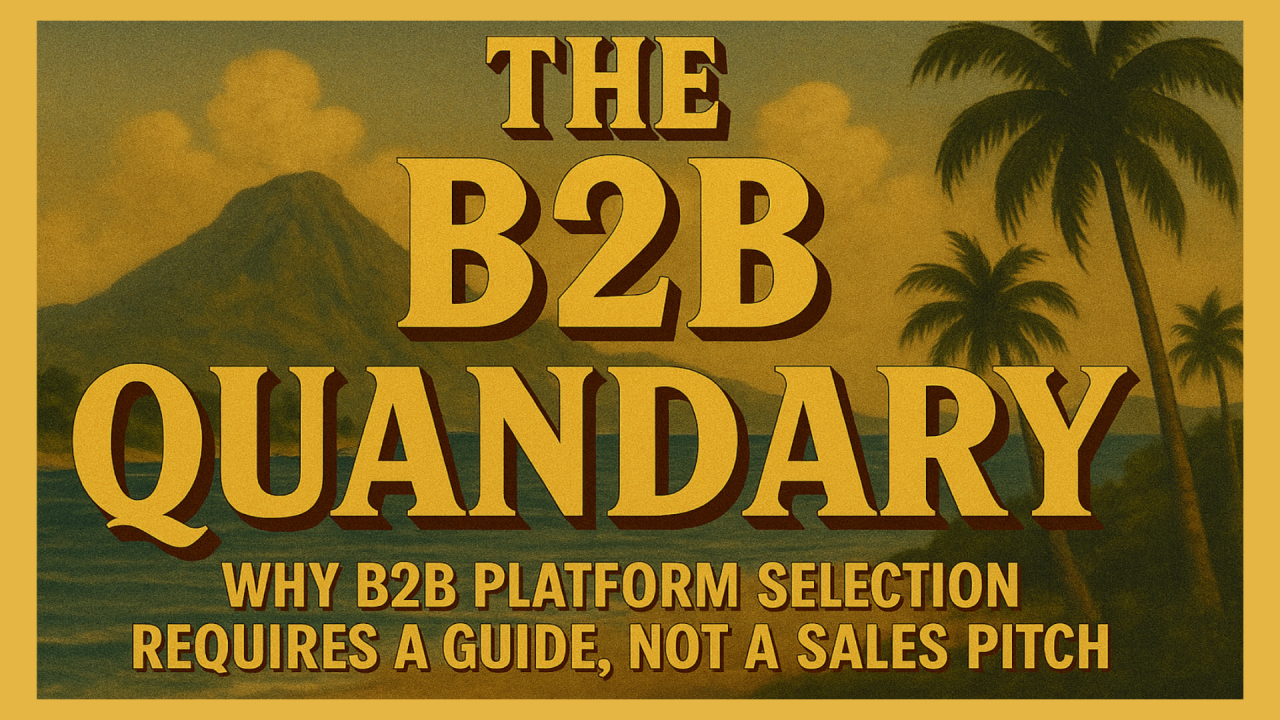

Have you wondered why some websites seem to effortlessly climb the search engine rankings while others struggle to gain visibility? The secret might be hiding in plain sight – in the images that adorn your web pages. In today's digital landscape, image optimization has become a crucial factor in determining your website's success in search engine results pages (SERPs). Let's embark on a journey to uncover the powerful connection between image optimization, Google Page Rank, and SEO.
In a time where visual content reigns supreme, search engines have evolved to keep pace with user preferences. Google, the undisputed leader in search, has significantly improved its ability to understand and index images. This shift has opened up new opportunities for websites to boost their visibility and attract more organic traffic.
Images are no longer just pretty decorations on your web pages. They've become valuable assets in your SEO arsenal. When optimized correctly, images can:
But how exactly does image optimization work its magic on your Google Page Rank and overall SEO performance? Let's dive deeper into the mechanics behind this phenomenon.
Image optimization affects three critical aspects of SEO that Google's algorithms hold in high regard:
In the digital world, speed is king. Users expect websites to load almost instantaneously, and search engines reward those that deliver. Optimized images significantly reduce file sizes without compromising quality, leading to faster page load times. This speed boost not only pleases visitors but also sends positive signals to search engines about your site's performance.
User experience (UX) has become a cornerstone of SEO. Optimized images contribute to a smoother, more engaging user journey. They render quickly, look crisp on all devices, and don't cause frustrating layout shifts. These factors combine to keep visitors on your site longer, reducing bounce rates and increasing the likelihood of conversions.
Search engines strive to deliver the most relevant results to users. By optimizing your images with descriptive file names, alt text, and appropriate metadata, you're essentially providing search engines with additional context about your content. This increased relevance can lead to better rankings for both your images and the pages they're on.
Now that we understand the "why" behind image optimization, let's explore the "how." There are several technical aspects to consider when optimizing your images for SEO:
Different image formats serve different purposes. Here's a quick rundown:
Selecting the appropriate format can significantly impact file size and visual quality.
Compression is the art of reducing file size without noticeably affecting image quality. Tools like TinyPNG, ImageOptim, or Squoosh can help you strike the perfect balance between size and quality.
With the myriad of devices accessing the web, it's crucial to serve appropriately sized images. Techniques like using srcset and sizes attributes allow you to provide different image versions for various screen sizes, ensuring optimal performance across devices.
Lazy loading is a technique that defers the loading of off-screen images until they're needed. This approach can significantly improve initial page load times and conserve bandwidth, both of which are music to Google's ears.
Alt text deserves special attention in our discussion of image optimization. This often-overlooked attribute serves multiple crucial functions:
Crafting descriptive, keyword-rich (but not stuffed) alt text is an art form that can significantly boost your image SEO efforts.
How can you tell if your image optimization efforts are paying off? Several tools and metrics can help you gauge your progress:
This tool analyzes your web pages and provides suggestions for improvement, including image-related optimizations.
Pay close attention to metrics like Largest Contentful Paint (LCP) and Cumulative Layout Shift (CLS), which are directly impacted by image optimization.
Monitor your image search performance and identify opportunities for improvement through the Performance report.
Track changes in page load times, bounce rates, and user engagement metrics to see the real-world impact of your optimizations.
For those looking to take their image optimization game to the next level, consider these advanced techniques:
Services like Cloudinary or imgix can automatically optimize and serve images based on the user's device and network conditions.
Explore emerging formats like AVIF, which offer even better compression and quality than WebP.
Create and submit image sitemaps to help search engines discover and index your images more effectively.
Implement schema markup to provide additional context about your images, potentially leading to rich results in SERPs.
As search engines continue to evolve, so too will the importance of image optimization. Here are some trends to watch:
Staying ahead of these trends will ensure your website remains competitive in the ever-changing SEO landscape.
Image optimization is no longer optional for those serious about their SEO performance. By implementing the techniques and best practices discussed in this article, you'll be well on your way to improving your Google Page Rank and overall search visibility.
Remember, optimizing your images is an ongoing process. Regularly audit your site's images, stay informed about new optimization techniques, and always prioritize the user experience. With a little effort and attention to detail, your images can become powerful allies in your quest for SEO success.
Don't let your website's potential be pixelated by poor image optimization. Take action today and watch your rankings soar. After all, in the world of SEO, a picture isn't just worth a thousand words – it could be worth thousands of visitors.
How often should I optimize images on my website?
It's best to optimize images before uploading them to your site. For existing images, conduct an audit every 6-12 months to identify optimization opportunities.
Can image optimization really make a significant difference in my SEO?
Absolutely! Proper image optimization can improve page load times, user experience, and search engine understanding of your content, all of which contribute to better SEO performance.
What's the ideal file size for web images?
There's no one-size-fits-all answer, but generally, aim to keep images under 200KB while maintaining acceptable quality.
Is it better to use JPEG or PNG for website images?
It depends on the image content. JPEGs are typically better for photographs, while PNGs are preferred for images with text or transparency.
How do I optimize images for mobile devices?
Use responsive image techniques, compress images appropriately, and consider implementing lazy loading to ensure optimal performance on mobile devices.

Following up on my earlier post about BigCommerce's rebrand announcement, I got my hands on theCleveland...

By Brent W Peterson AI vs Shopify: Is Platform Dominance Ending in 2025?

The B2B OG Reality Check In 1995, I built my first B2B website for my then computer assembly company. It...